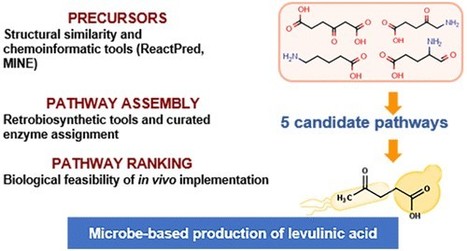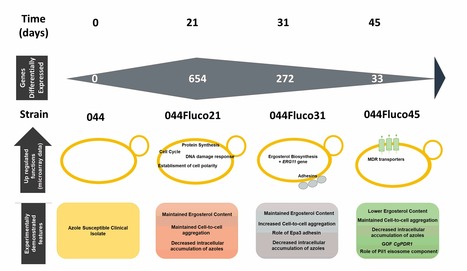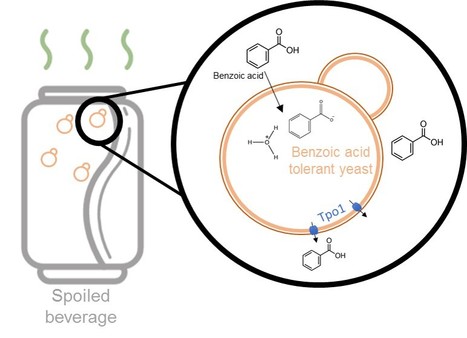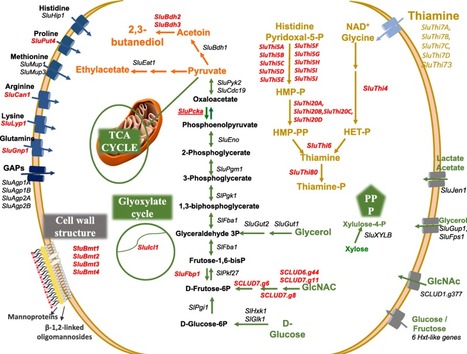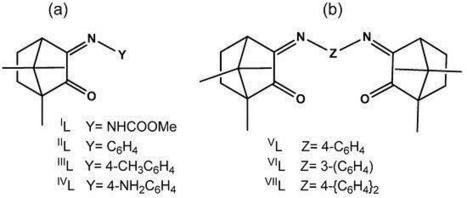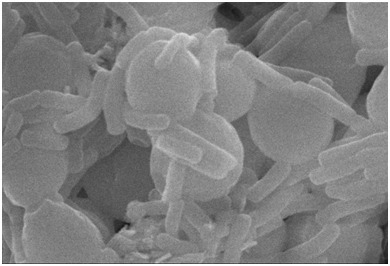
Sara Barbosa Salazar will be defending her PhD thesis in Biotechnology and Biosciences at Instituto Superior Técnico, Friday the 17th of June 2022, at 14:00 am (https://videoconf-colibri.zoom.us/j/82325109047). During the last years, and under the supervision of Nuno Mira from iBB, Sara investigated the stress resilience and pathogenesis of the fungal pathogen Candida glabrata. The title of her thesis is “Deepening the role of CgHaa1- and CgPdr1- pathways in stress resilience and pathogenesis of Candida glabrata to foster new antifungal treatments".



 Your new post is loading...
Your new post is loading...

